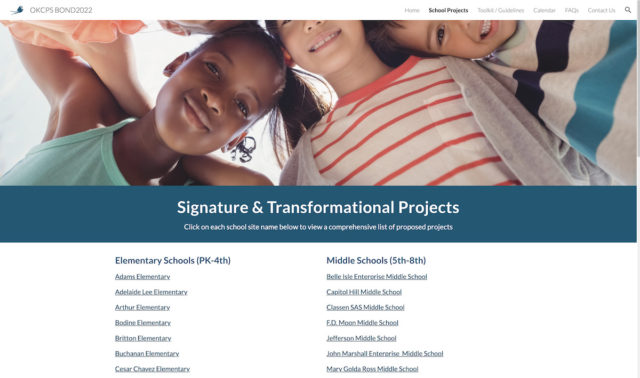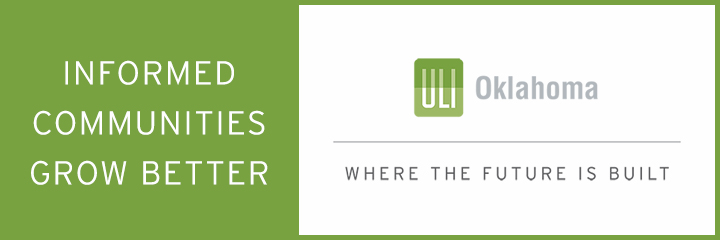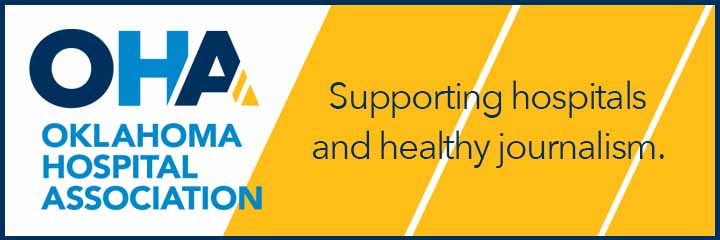

On Tuesday, Oklahoma City Public Schools voters approved a nearly $1 billion bond package, a victory that district Superintendent Sean McDaniel said will be something he will remember during his retirement. The pair of bond proposals — for building projects and school equipment — received 63.9 percent and 62 percent of the vote, respectively.
In Oklahoma, school district bonds must surpass a 60 percent threshold in order to pass, and, at $955 million, this is the largest bond package in OKCPS history.
“I am ecstatic for our school community and for OKC. And I am grateful for a city that values public education,” McDaniel said in a statement early Wednesday morning. “The passage of the bond election is an important piece of the OKCPS plan and represents wonderful and meaningful opportunities for our kids. We are looking forward to getting projects underway.”
The last bond issue to pass in the district had been in 2016, when voters approved three proposals totaling around $180 million.
Ahead of the vote, district and city leaders touted Tuesday’s proposal as one that will bring “transformational” change.
“If it were to pass, we can not only take care of (regular) recurring expenses for years and years, we also get to bring transformational change to our district in the way of brand new schools, brand new classroom initiatives, flexible spaces that we can use to really focus on workforce development,” McDaniel said in an Oct. 3 press conference promoting the proposal.
The proposal drew opposition from some who criticized a relative lack of major projects for charter schools and the large price tag. Some charter school leaders who criticized the measure argued that it left out about a fifth of Oklahoma City students, including those who attend charters like Santa Fe South that exist within OKCPS boundaries but that are not sponsored by the district.
“I know that there are limitations to what a bond is expected to do,” Santa Fe South Charter School Superintendent Chris Brewster said on Nov. 1. “However, to be good stewards of this type of funding, I would expect some pretty clear progress academically and more plans in that way. We are allowing a rotten system to inhabit new buildings for another 10 years like we did with [MAPS 4 Kids], and we haven’t done anything to affect change on what occurs inside those buildings.”
Charter schools sponsored by OKCPS — Harding Charter Prep, Independence Middle School, John Rex Elementary, KIPP OKC College Prep and Stanley Hupfeld Academy at Western Village — are included in the proposal, but they are only slated to see building maintenance projects.
Charter schools not sponsored by OKCPS, such as Santa Fe South and Harding Fine Arts (which in 2021 changed their authorizers to Oklahoma City Community College and the University of Science and Arts of Oklahoma, respectively) were not included in the proposal.
Charter schools are publicly funded schools that can be privately run and can receive other forms of funding.
Some opponents of the bond proposal argued that OKCPS should be focusing on improving student outcomes rather than facilities, while supporters argued that improvements need to be made in both areas.
“The bond does not fix the quality of education — it’s up to us to make sure that the school district and the schools are doing what they’re supposed to,” KIPP OKC board Chairman Gary Jones said at a recent panel organized by the Oklahoma City Black Alumni Coalition. “But I also think you don’t shortchange our kids and say it’s either-or. You can provide both.”
Notable projects in the bond proposal include:
- a new building for Capitol Hill High School;
- an entirely new Belle Isle High School;
- a new middle school combining Capitol Hill and Wheeler middle schools;
- a new middle school combining Taft Middle School with Taft Linwood;
- a new elementary school combining Adelaide with Shidler elementary schools;
- a “repurposing” of Horace Mann and Johnson pre-k centers
- a “flexible space” in many schools for students and teachers to use for a variety of programming;
- a regional stadium for the John Marshall Enterprise High School feeder pattern.
A full list of site-specific projects is on the district’s bond proposal website.
Other school bond, municipal election results
In other parts of Oklahoma, two school districts did not see their bond proposals reach the 60 percent threshold required for passage.
In McCurtain County, Battiest Public Schools voters did not pass a $510,000 bond proposal for improving school sites. Of the 437 people who voted in the small district, 257 voted in favor. Had six of the 180 people opposed to the bond voted in favor, it would have passed.
An $800,000 proposed bond for Rock Creek Public Schools in Bryan County also failed after receiving only 52.4 percent support.
Also on Tuesday, the city of Collinsville approved a half-cent sales tax to fund public safety improvements. And in Eufaula, voters rejected a proposal to change from a council-manager form of municipal government to an alderman system. Residents of Moore approved a four-year extension of an existing half-cent sales tax for the purpose of street projects, public safety and general operations. The town of Apache also approved a half-cent sales tax increase to fund streets, the library and public safety.
In southeast Oklahoma, the community of Hochatown will be incorporated as an official municipality after 129 of 147 voters approved a ballot question Tuesday. The area has become a thriving tourist destination, but its unincorporated nature meant public safety and sewer system needs were growing.
In Canadian County, Union City voters fell shy of the 60 percent threshold required to establish a public safety protection district, as the proposal received only 56.5 percent support.
Full electoral results can be found by visiting the Oklahoma State Election Board.




















